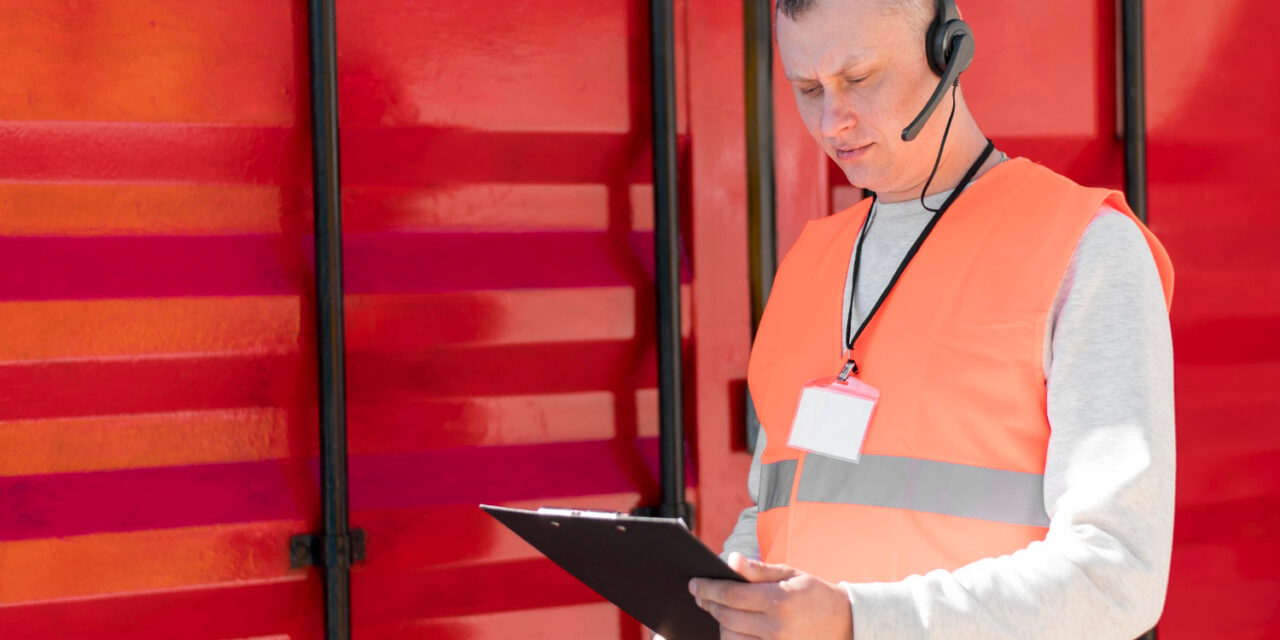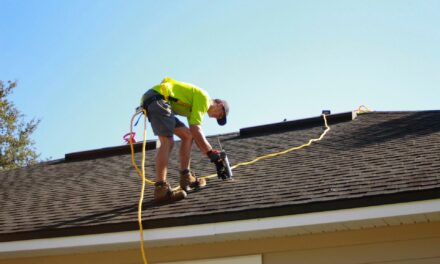Ship collisions continue to be a raging issue in the maritime industry. It poses serious threats to ships, environments, and people’s safety. So, you should consider a ship loader anti collision to maintain your cargo properly.
These Artificial Intelligence (AI) and computer vision-based Vessel Collision Avoidance Systems (VCAS) have become crucial tools for obstacle avoidance to address these risks.
These systems employ 24/7 computer vision technology and sensor fusion to assess real-time risks and protect maritime industry professionals.
To learn more, delve into this blog and continue reading.
Collisions at Sea and Their Implications
According to a source, there are approximately 4,000 safety-related incidents in a year. This figure underscores the worrying nature of the problem.
These collisions between vessels result in an estimated financial loss of $20 billion to the maritime industry each year in:
- Damages
- Prolonged downtime for repairs
- Environmental degradation
- Supply chain disruptions
- Health and safety incidents for crews.
Generally, ship collisions stem from factors like human error, machinery failures, and adverse weather conditions. As per sources, the human element accounted for a staggering 80.7% of investigated marine casualties and incidents during this period.
The leading causes of proper obstacle avoidance include:
- Overconfidence
- Recklessness in responding to commercial pressures
- Fatigue
- Lack of adequate experience and communication.
These concerns shed light on a critical deficiency within the maritime industry, especially considering the anticipated shortage of senior and experienced seafaring officers. For example, you can expect a shortfall of 96,000 seafarers by 2026.
This shortage worsens the challenges posed by the human element in maritime incidents. It also underscores the urgent need for thorough strategies to address and reduce human-related risks to increase overall safety at sea.
Some industries use industrial interchange couplings for lightweight frames or ordinary substantial shapes.
Let us now explore more about anti-collision systems below
Role of Ship Loader Anti Collision Systems
The operations of these systems rely on in-built navigational aids and protocols to prevent collisions at sea. These protocols form the baseline for maritime safety.
Some of the most prominent features of the vessel collision avoidance systems are:
- Range and Bearing Information
The ship loader anti-collision system provides real-time information about the range and bearing of surrounding objects like vessels, land masses etc. This helps the navigator assess the vessel’s position relative to its environment.
For instance, radar systems can detect approaching vessels up to several nautical miles away, allowing the concerned personnel to make timely decisions and course adjustments.
- Alarm and Warning Systems
These systems include alarms to warn the navigator about possible collisions at sea.
You can see these alarms via visual and auditory alerts, allowing you to make spontaneous decisions to avoid maritime collisions.
- Interconnected Functionality
Many ship loader anti-collision systems work with other systems and provide a layered approach to collision avoidance.
They integrate radar, Automatic Identification System, and visual observations, allowing you to boost your situational awareness.
- Human Interactions
Crew members are involved in the process of:
- Interpreting data
- Making decisions
- Responding to possible collision threats.
This interaction helps refine the decision-making process, particularly in complex maritime environments where automated systems might misinterpret data.
- Responsive Maneuvering
Effective ship loader anti-collision systems are designed to detect possible hazards well in advance. This helps ship operators adjust their course and speed in real-time.
This proactive approach allows for safer manoeuvres, reducing the need for excessive accelerations that can lead to increased fuel consumption and emissions.
Limitations of Ship Loader Anti-collision Systems
Using ship loader anti-collision involves challenges and limitations despite their remarkable capabilities. That’s why you should understand these limitations to ensure the continued safety and efficiency of maritime personnel.
- Data Accuracy and Interference
Ship loader anti-collision systems rely heavily on the accuracy and reliability of data inputs.
Therefore, the following situations can lead to false alarms or missed warnings, which can increase the risk of collisions:
- Inaccurate data
- Environmental interference
- Interference from other electronic devices or human error.
- Detection Resolution
The systems may struggle to determine the size, shape, or composition of detected objects. This difficulty can lead to problems in distinguishing between different types of objects.
- Limited Range
Ship loader anti-collision systems sometimes struggle to detect objects beyond a certain distance, especially if there are obstructions in the signal path like dense fog, heavy rain, or strong winds.
- Overreliance on External Factors
Traditional anti-collision systems rely on navigation aids like AIS data, and if these are not available, then it can hinder the ability of ship collision alert systems to detect and prevent possible collisions properly.
- Limited Elevation Sensing
Traditional Ship loader anti-collision systems cannot identify objects or things placed above or below their sight line. This limitation poses unprecedented challenges.
Bottom Line
As maritime traffic experiences a substantial increase, the need for Ship loader anti-collision systems has become increasingly evident. So, you should purchase these systems from reputed manufacturers.
We would recommend looking at their customer reviews, and quality-testing processes, among others, before choosing a manufacturer. Good luck!
Visit our home-page for more information





